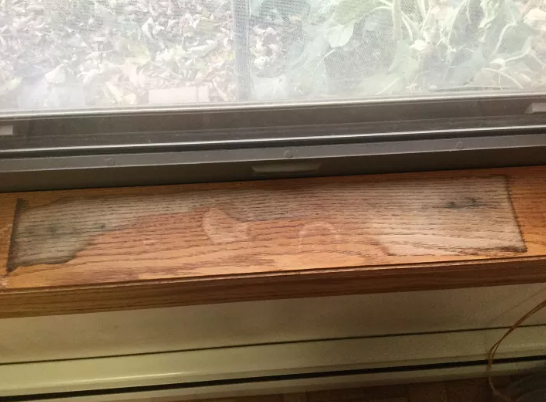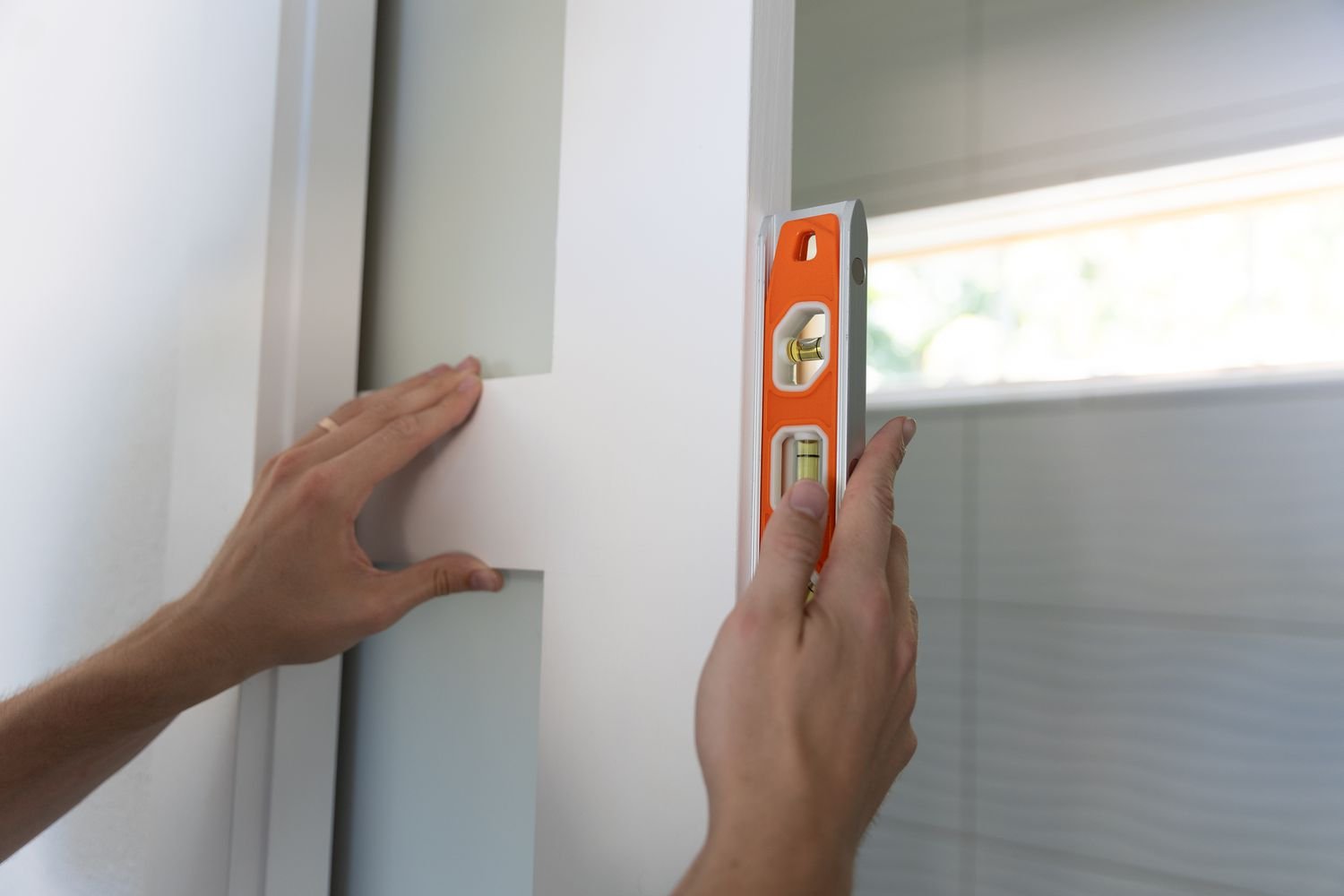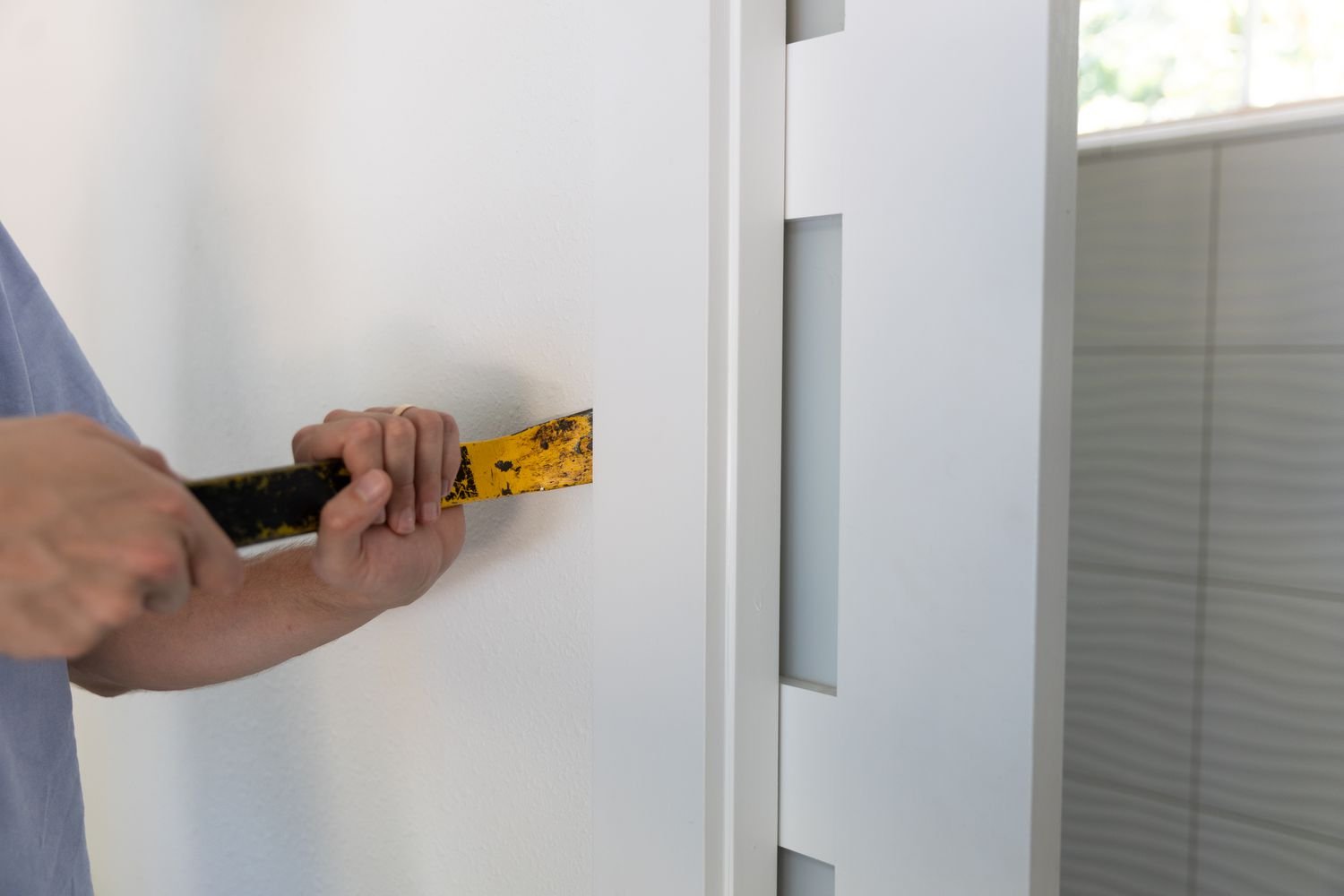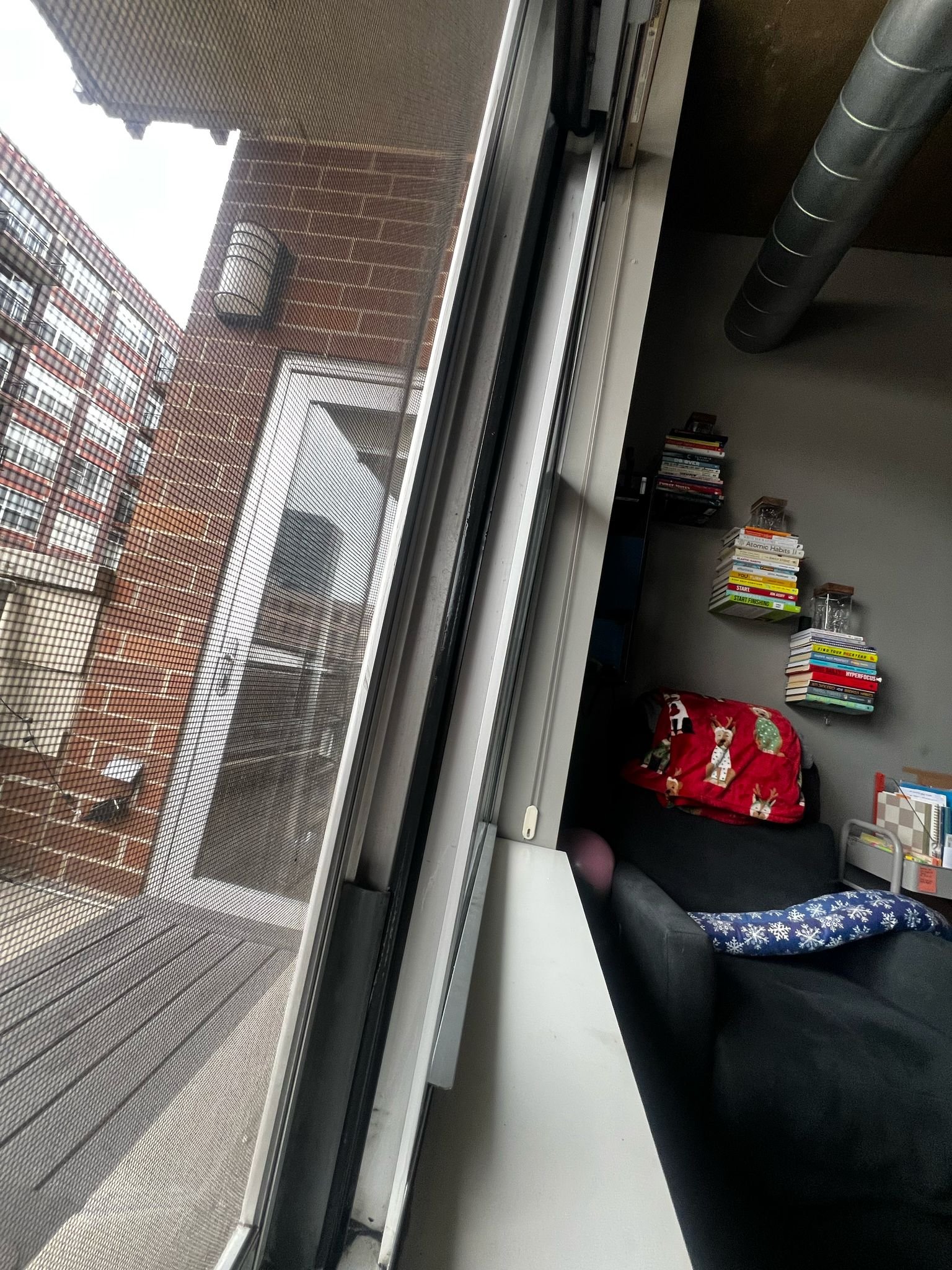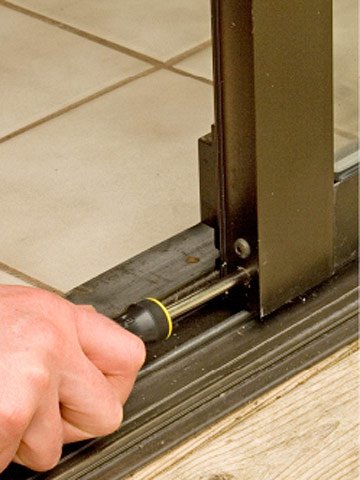Have you ever experienced the sinking feeling of finding water damage around your windows? It’s like a dark storm cloud looming over your home, threatening to ruin your day. But fear not because, in this article, we’re going to tackle the issue head-on and guide you through the process of window water damage repair.
When it comes to window water damage, time is of the essence. The longer you wait, the more damage can occur, like a ripple effect spreading through your home. But don’t fret because we’ll show you the immediate steps you can take to mitigate the damage. From there, we’ll dive into assessing the extent of the damage and walk you through the process of repairing it. And to top it all off, we’ll share preventative measures you can take to avoid future water damage nightmares.
So grab your tools, and let’s get started on restoring your windows to their former glory!
Key Takeaways
– Properly sealing and weatherproofing windows is crucial to prevent water intrusion and future damage.
– Regular inspection and maintenance of windows is necessary to promptly identify and address any signs of wear or damage.
– Hiring professionals for water damage window repair in Chicago ensures that repairs are done correctly and prevents further damage or issues.
– Professionals can accurately assess the extent of the damage, identify underlying causes, and implement necessary repairs to ensure the longevity of windows.
Signs of Window Water Damage
If you notice any signs of window water damage, it’s time to take immediate action and prevent further deterioration. One of the most common signs of water damage is the appearance of water stains on the walls or ceiling surrounding the window. These stains can be yellowish or brownish in color and may indicate a leaky window that’s allowing water to seep into your home.
Another sign to look out for is the presence of mold or mildew around the window area. Mold thrives in damp environments, so if you see any black or greenish patches, it’s a clear indication of water damage.
Lastly, you may notice peeling or bubbling paint near the window, which is another sign that water has infiltrated the area.
When it comes to window water damage, immediate action is crucial to prevent further deterioration.
Immediate Steps to Take
First, we’ve got to act fast and take the necessary steps to minimize any further issues. The first thing you should do is remove any standing water around the window. Use a bucket, mop, or towel to soak up the water. If the water has seeped into the wall or floor, you may need to call a professional to help with the drying process.
Next, open the windows and doors to allow for proper ventilation. This will help to dry out the area and prevent the growth of mold and mildew.
Finally, check the window frame and surrounding areas for any signs of damage. Look for cracks, warping, or discoloration, as these may indicate more serious issues. By acting quickly, you can prevent further damage and save yourself from costly repairs down the line.
Now, let’s move on to assessing the damage and determining the extent of the problem.
Assessing the Damage
When assessing the damage caused by water to a window, we first need to determine the cause of the water damage. This could be due to a leaky pipe, a faulty seal, or even natural disasters such as heavy rain or flooding.
Once we’ve identified the cause, we can then evaluate the impact on the window structure. We’ll check for any signs of rot, warping, or deterioration.
This step is crucial in determining the extent of the damage and the necessary repairs needed to restore the window to its original condition.
To help you in this process, here are four key factors to consider:
1. Weather conditions: Extreme weather events such as heavy rain, strong winds, or snowstorms can often lead to water damage on windows. Check if there are any visible signs of damage or gaps in the window frame that could allow water to seep through.
2. Poor installation: Improperly installed windows can be a major culprit for water damage. Inspect the window frame and surrounding areas for any gaps, cracks, or loose seals. These issues can compromise the window’s ability to keep water out, resulting in leaks and water damage.
3. Condensation: Excessive condensation on your windows can also lead to water damage. This can occur due to high humidity levels inside your home or inadequate ventilation. Make sure to monitor the humidity levels in your home, and consider using a dehumidifier if necessary.
4. Clogged drainage system: If your windows have a drainage system, such as weep holes or channels, check if they’re clogged or obstructed. A blocked drainage system can prevent water from properly draining away, causing it to accumulate and potentially damage the window structure.
By considering these factors, you can narrow down the potential causes of water damage on your windows. Once you’ve identified the cause, you can move on to evaluating the impact on the window structure and determining the necessary steps for repair.
Evaluating the impact on the window structure
Now, as we assess the aftermath of our window structure, we’ll want to gauge the extent of the impact and determine the necessary steps for restoration, like peeling back the layers of a delicate flower to reveal its hidden beauty.
Water damage can have various effects on the window structure, such as warping, rotting, or weakening of the materials. We need to carefully inspect the window frame, sash, and glass for any signs of damage. If the water has seeped into the wood, it may have caused swelling or discoloration, indicating the need for repairs.
Additionally, we should check for any cracks or gaps that may have formed, as these can compromise the integrity of the window. By thoroughly evaluating the impact on our window structure, we can move forward with confidence in the necessary measures for repair.
As we move forward to repairing the damage, it’s essential to address the issue promptly to prevent further deterioration. Water damage can lead to long-term consequences, such as mold growth or structural instability, if not addressed in a timely manner. Therefore, we must take immediate action to restore our window structure to its pre-damage condition.
By identifying the cause of the water damage and evaluating its impact, we can determine the appropriate steps for repair. With careful attention to detail and expert craftsmanship, we can restore our window to its former glory and ensure its durability for years to come.
Repairing the Damage
To fix window water damage, remove and replace any damaged window components, such as broken glass or rotting frames. This is an important step in the repair process as it ensures the window’s structural integrity and prevents further damage.
First, carefully remove any broken glass by wearing protective gloves and using a putty knife or similar tool to gently pry it away from the frame. Dispose of the broken glass properly to avoid any injuries.
Next, assess the condition of the window frame. If you notice any signs of rot or decay, it’s crucial to replace the affected areas. Use a saw or chisel to remove the damaged sections, making sure to cut beyond the decayed areas.
Finally, install new glass or window panes and secure them in place with caulk or window glazing compound. This will create a watertight seal and prevent any future water damage.
Sealing and weatherproofing the window
Don’t let your repaired window be vulnerable to the elements; make sure to properly seal and weatherproof it to protect against future leaks and ensure its longevity.
After replacing damaged window components, such as the glass or frame, it’s crucial to apply a high-quality sealant around the edges. This will create a watertight barrier, preventing any moisture from seeping through and causing further damage.
Additionally, consider using weatherstripping or caulk to seal any gaps or cracks around the window frame. This will keep out water and help improve energy efficiency by reducing drafts.
By taking these proactive measures, you can safeguard your window against potential water damage and extend its lifespan.
To further protect your window from future issues, it’s important to take preventative measures. Regularly inspect the sealant and weatherproofing around your window and reapply as needed.
Preventative Measures
To prevent future water damage to our windows, we can take some simple steps. One of the most important things is to keep the windows properly caulked and sealed.
Regularly inspecting and maintaining the caulking will help ensure that there are no gaps or cracks that could allow water to seep in. Additionally, we should ensure that our gutters and downspouts are clear of debris and functioning properly to prevent water from overflowing and causing damage to the windows.
Tips for preventing future water damage
Ensure you take a few simple steps to prevent future water damage and keep your windows pristine.
First and foremost, regularly inspect your windows for any signs of damage or wear. Look for cracks, gaps, or loose seals that could allow water to seep through. If you notice any issues, make sure to fix them promptly to prevent further damage.
To further protect your windows from water damage, consider installing window well covers. These covers are designed to keep rainwater and debris out of window wells, which can often lead to water seeping into your home. Window well covers are easy to install and can provide an added layer of protection for your windows.
Lastly, make sure to maintain proper drainage around your windows. Ensure that gutters and downspouts are clear of debris and are directing water away from your windows. This will help prevent water from pooling around your windows and causing damage.
By implementing these preventative measures, you can keep your windows in excellent condition and avoid future water damage.
Now, let’s move on to the next section about regular maintenance to keep windows in good condition.
Frequently Asked Questions
How long does it typically take for window water damage to occur?
Typically, it takes a varying amount of time for window water damage to occur. Factors like the severity of the leak and the quality of the window can affect the timeline.
Can window water damage lead to other structural issues in the home?
Yes, window water damage can be the small crack that becomes the earthquake. It weakens walls, invites mold, and compromises the overall structure of your home. It’s crucial to address it promptly.
What are some common causes of window water damage?
Some common causes of window water damage include improper installation, aging or deteriorating window frames, damaged or missing caulking, and severe weather conditions such as heavy rain or snow.
Are there any temporary fixes to prevent further damage before professional help arrives?
Oh, sure! Let’s just slap some duct tape on it and call it a day. Because nothing says ‘temporary fix’ like ignoring the root of the problem and hoping it magically goes away.
Can window water damage affect the energy efficiency of the home?
Yes, window water damage can significantly impact the energy efficiency of a home. Leaks can cause drafts, leading to heat loss or gain. Repairing the damage promptly is crucial to maintaining a comfortable and energy-efficient living environment.
Call for Fast & Reliable Window Repair in Chicago, IL.
Is your window cracked, foggy, or hard to open? Don’t let it affect your comfort or energy bills. Call Galron Sliding Doors for expert window repair in Chicago. We fix broken glass, damaged seals, stuck frames, and more. We serve the entire Chicagoland region including Chicago Heights, IL. Contact us today to schedule your window repair and restore peace of mind.

